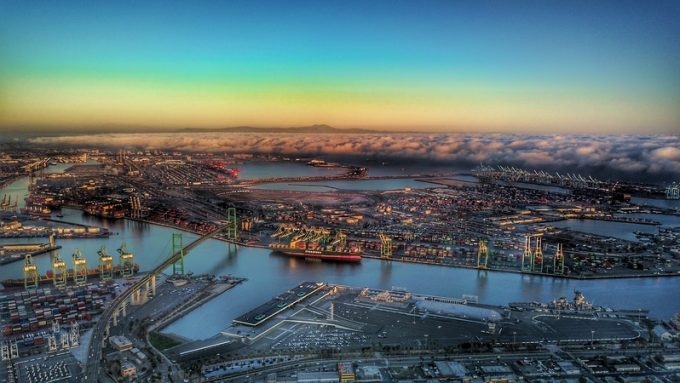Gemini to reintroduce direct Asia-Europe calls at Aarhus and Gothenburg
The first cracks in the Gemini partners’ philosophy of limiting direct calls on their Asia-Europe ...

As Asia-US demand continues to surge, BCOs are struggling to ship contracted cargo and are increasingly turning to NVOCCs to support their fractured supply chains.
Anecdotal reports to The Loadstar suggest carriers are finding spurious reasons to refuse the release of equipment at depots in China, ...

Comment on this article